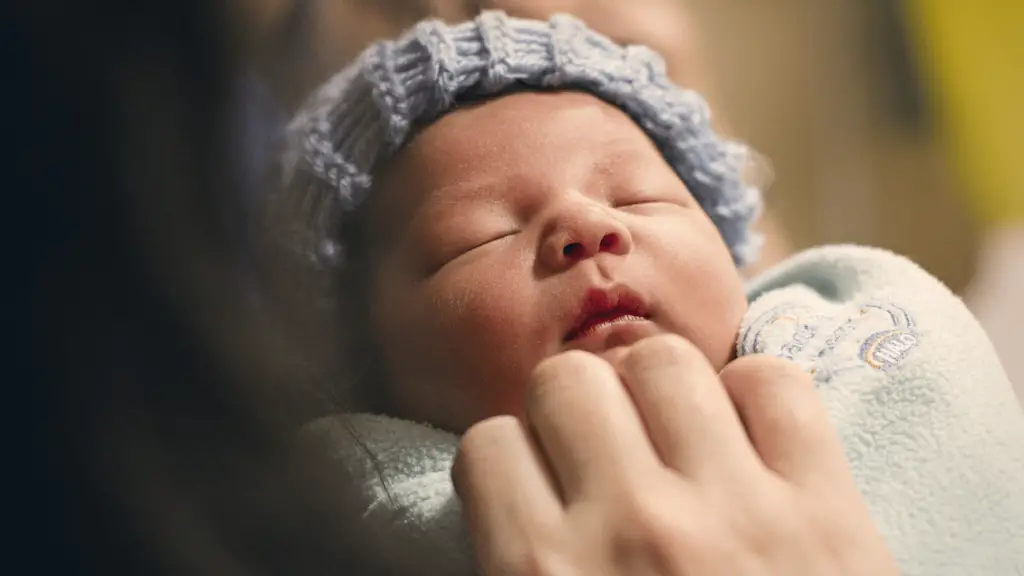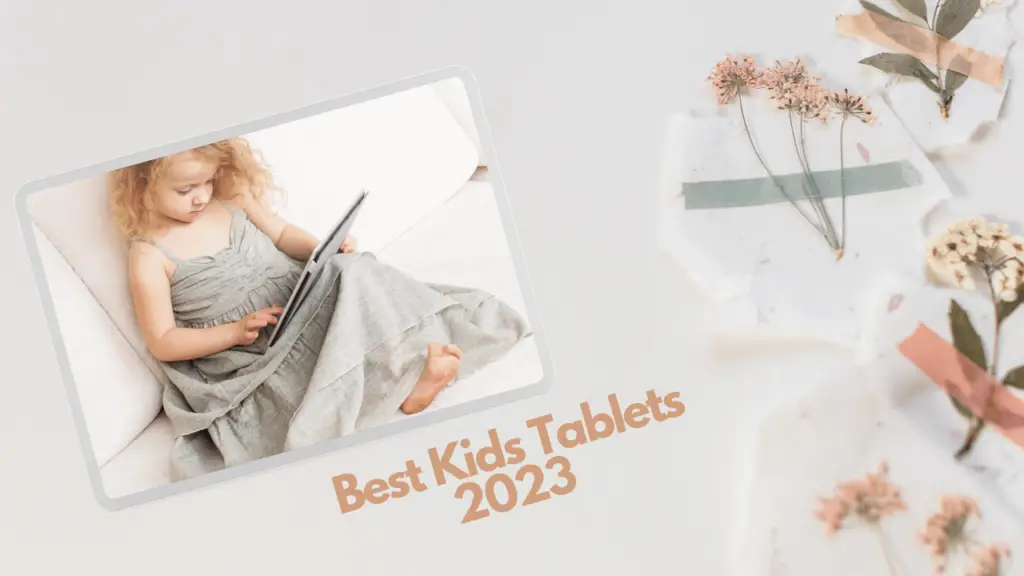Are Balance Bikes Better Than Training wheels?
When it comes to teaching a child how to ride a bike, the debate between balance bikes and training wheels has been ongoing for years. Both methods have their advantages and disadvantages, but the question remains: Are balance bikes better than training wheels? Let’s delve into this age-old cycling conundrum.
Balance Bikes: The Pros and Cons
Pros:
1. Natural Balance Development: Balance bikes, as the name suggests, focus on teaching kids balance from the get-go. By allowing them to scoot along with their feet off the ground, children quickly learn how to balance on two wheels.
2. Easy Transition to Pedal Bikes: Since balance bikes toddlers mimic the feeling of riding a regular bike without pedals, children who start on them often transition to pedal bikes seamlessly. They’ve already mastered the most challenging part – balance.
3. Safety: Balancing bikes are closer to the ground, making it easier for kids to stop and control their speed with their feet. This added safety can give parents peace of mind.
Cons:
1. No Pedals: Some argue that the absence of pedals means kids might take longer to learn how to pedal once they transition to a regular bike.
Training Wheels: The Pros and Cons
Pros:
1. Immediate Pedal Practice: Training wheels allow kids to practice pedaling right from the start, which can be comforting for some children and parents.
2. Stability: Training wheels provide a sense of stability, which can boost a child’s confidence as they learn to ride.
Cons:
1. Delayed Balance Learning: Because training wheels keep the bike upright, children might not develop a strong sense of balance right away. When the training wheels come off, they essentially start from scratch.
2. Transitioning Challenges: The transition from training wheels to a regular bike can be tricky, as kids need to relearn how to balance without them.
So, Which Is Better?
The answer to whether balance bikes are better than training wheels depends on your child’s individual needs and your preferences as a parent.
Choose a Balance Bike If:
– Your priority is to teach your child balance and coordination from the start.
– You want a smoother transition to a regular pedal bike.
– Safety is a top concern, as balance bikes are generally closer to the ground.
Choose Training Wheels If:
– Your child is particularly anxious about balance and needs immediate stability.
– You prefer your child to start practicing pedaling right away.
– You don’t mind dealing with the transition to a regular bike down the road.
Balance Bikes: A Closer Look
Advantages:
1. Natural Progression: Toddler Balance Bikes offer a more intuitive learning experience. Children use their feet to propel themselves forward and stop, which feels similar to walking or running. This natural progression helps them understand the fundamentals of balance early on.
2. Confidence Building: Riding a kids balance bike empowers children as they gain confidence in their ability to control the bike. They become accustomed to lifting their feet and balancing while in motion, a skill that directly translates to riding a regular bike.
3. No Training Wheel Dependency: Since bike balance doesn’t rely on training wheels for stability, children don’t develop a dependence on them. This means they don’t have to unlearn training wheel habits when transitioning to a pedal bike.
Disadvantages:
1. No Pedal Practice: Critics argue that baby balance bikes don’t provide an opportunity for children to practice pedaling. While this is true, the transition to pedaling is usually smoother because kids have already mastered balance.
Training Wheels: A Closer Look
Advantages:
1. Immediate Pedal Practice: Training wheels allow children to start practicing pedaling right away. This can be reassuring for kids who are eager to emulate older siblings or friends.
2. Perceived Stability: Training wheels give children a sense of stability, which can boost their confidence and reduce their fear of falling.
Disadvantages:
1. Delayed Balance Development: Perhaps the most significant drawback of training wheels is that they hinder the development of balance. Children rely on the training wheels to keep the bike upright, and when those wheels are removed, they often struggle to find their balance.
2. Transition Challenges: Transitioning from a bike with training wheels to a regular pedal bike can be a challenging process. Kids must learn to balance all over again, and this can be frustrating and time-consuming.
Making an Informed Choice
The choice between balance bikes and training wheels should align with your child’s personality, age, and skill level, as well as your own goals as a parent. Here are some additional considerations:
– Age: Younger children might find balance bikes more manageable due to their lower center of gravity and lighter weight. Older kids may prefer training wheels.
– Child’s Personality: Some children are more fearless and eager to learn, making them good candidates for balance bikes. Others might be more cautious and prefer the stability of training wheels.
– Parental Involvement: Consider how involved you want to be in your child’s learning process. Balance bikes often require less parental assistance once kids get the hang of them.
– Long-Term Goals: Think about your long-term goals for your child’s biking skills. If you prioritize a quicker transition to a regular bike, balance bikes might be the better choice.
Conclusion
In conclusion, both balance bikes and training wheels have their merits, and the choice ultimately boils down to what suits your child’s learning style and your own preferences as a parent. The key is to provide a supportive and encouraging environment, regardless of the method you choose, and ensure that your child is equipped with safety gear like helmets and knee pads to protect them during their biking adventures.


